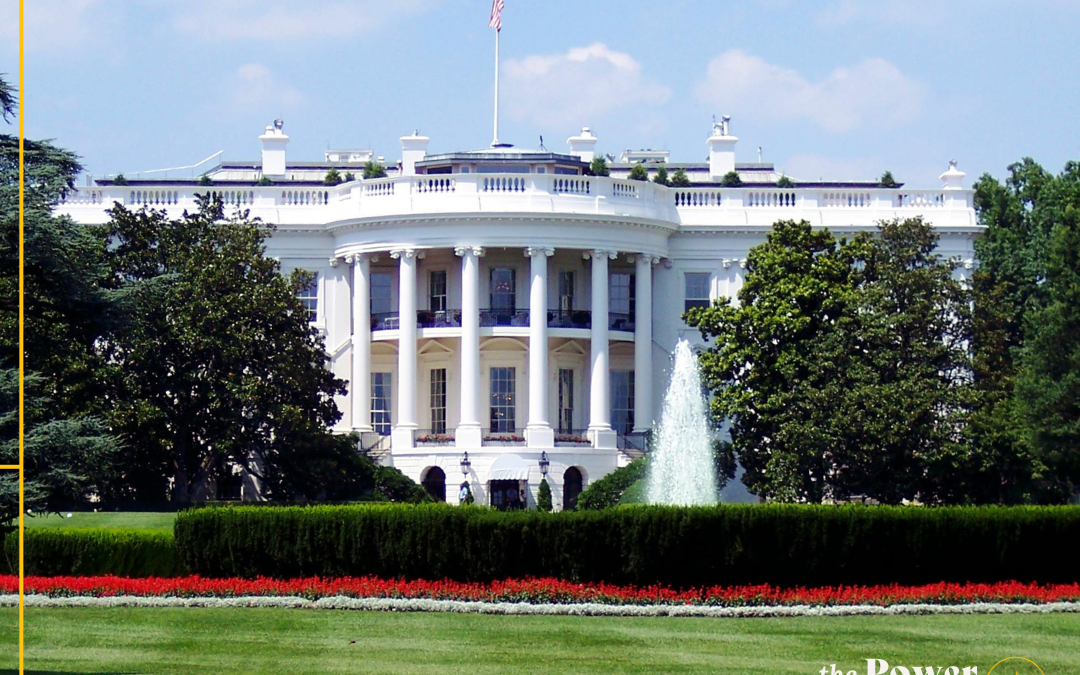Each year along with your financial audit the School will be required to submit the Private School Choice Programs (PSCP) Reserve Balance Schedule as a supplemental schedule to the financial statements. This schedule compares the School’s net eligible education expenses for the corresponding year to the revenue received for the PSCP.
The schedule begins by reporting the total expenses for your school as shown on your statement of activities on the total expenses line and backing out items that are considered non-eligible for PSCP purposes. Examples of these items include:
- Services, capital assets or goods that are donated to the School.
- Scholarship awards and financial support for pupils to attend the School.
- If your school partners with a public school district to provide educational programming (for example, K4 programming), the expenses related to this program.
- Daycare expenses.
- If your school also is enrolled in the Special Needs Scholarship Program (SNSP), any expenses designated as SNSP exclusive expenses.
- Bad debt expense.
- Any other expenses that are not associated with the school’s educational purpose or programming as identified in your school’s eligible education expense policy.
After taking the total expenses less the ineligible portion of expenses, you will come to the total eligible education expenses. This number then needs to be reduced by any offsetting revenues of the School. There are three types of offsetting revenues that need to be identified:
- Government assistance revenues received for eligible education expenses (for example, foodservice aid).
- Insurance proceeds received for eligible education expenses (this includes buildings for which the school takes eligible depreciation expense).
- Fundraising revenue up to the non-administrative fundraising expenses included in eligible education expenses (see below for further explanation).
Non-Administrative Fundraising Expenses
This includes all fundraising expenses less the administrative portion of those expenses. Examples of the administrative expenses include expenses for school personnel, copying, mailing or capital assets used for other school purposes.
After reducing your eligible education expenses by any offsetting revenues, you will have determined your net eligible education expenses for all pupils. From here you will need to determine the net eligible education expenses for PSCP pupils. This is calculated by multiplying your net eligible educational expenses for all pupils by the average full-time equivalent (FTE) of pupils participating in the program. The average FTE is calculated as follows:
Average FTE PSCP Pupil Count 3rd Friday in September and 2nd Friday in January
__________________________________________________________________________________________
Average FTE All Pupil Count 3rd Friday September and 2nd Friday January Average FTE
Next you will calculate your PSCP Reserve Balance as of year-end. This is done by taking your total PSCP revenue received during the school year and reducing it by the net eligible education expense for PSCP pupils that was calculated above.
For the final part of the calculation you will take your PSCP Reserve Balance and subtract any remaining depreciation on fixed assets, which will be shown on your statement of financial position on the line titled “property and equipment, net of accumulated depreciation.” This will give you the required cash and investment balance. If this number is positive on your school’s audited statement of financial position, your school must have a cash and investment balance that is at least as much as the calculated PSCP Reserve Balance (before subtracting the remaining depreciation on fixed assets).
Your audit team will prepare this schedule annually for you as a part of the financial audit, but it is important that you monitor your school’s eligible education expenses and required cash and investment balances closely each school year. If your school does not have the required cash and investment balance, you will be required to repay the PSCP reserve balance to the DPI. If you have any questions regarding these requirements, please contact your Hawkins Ash CPAs representative.





